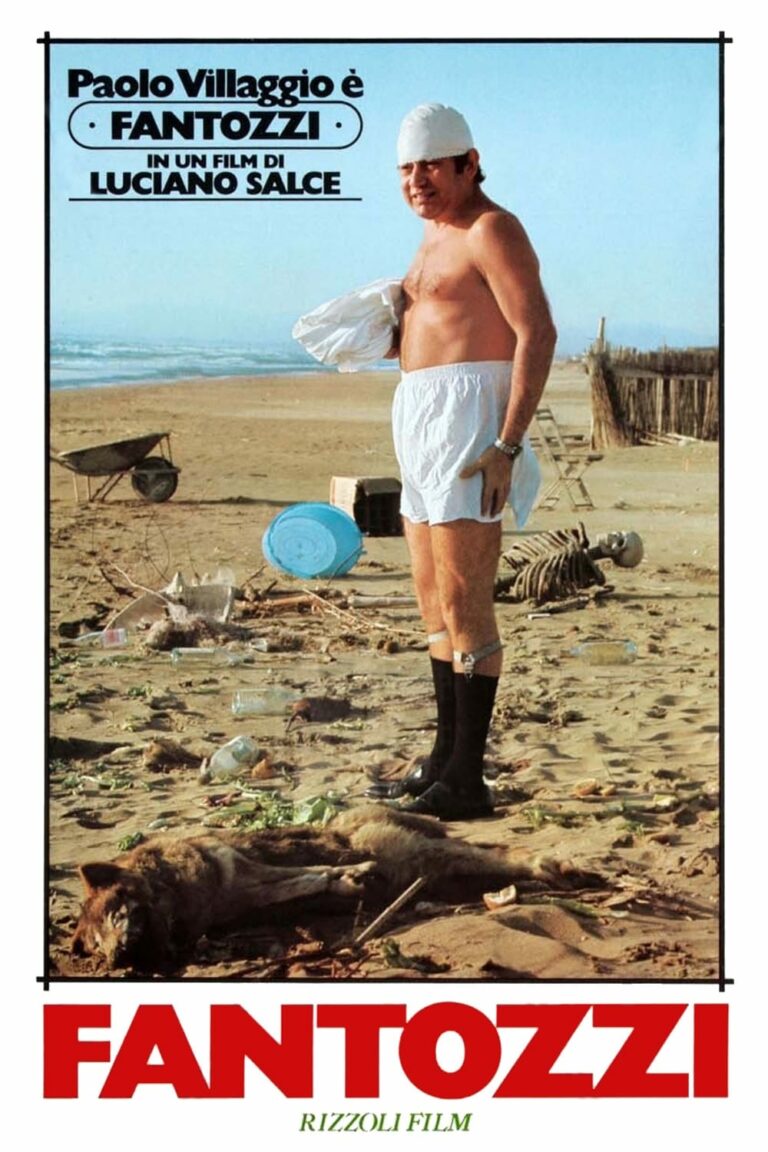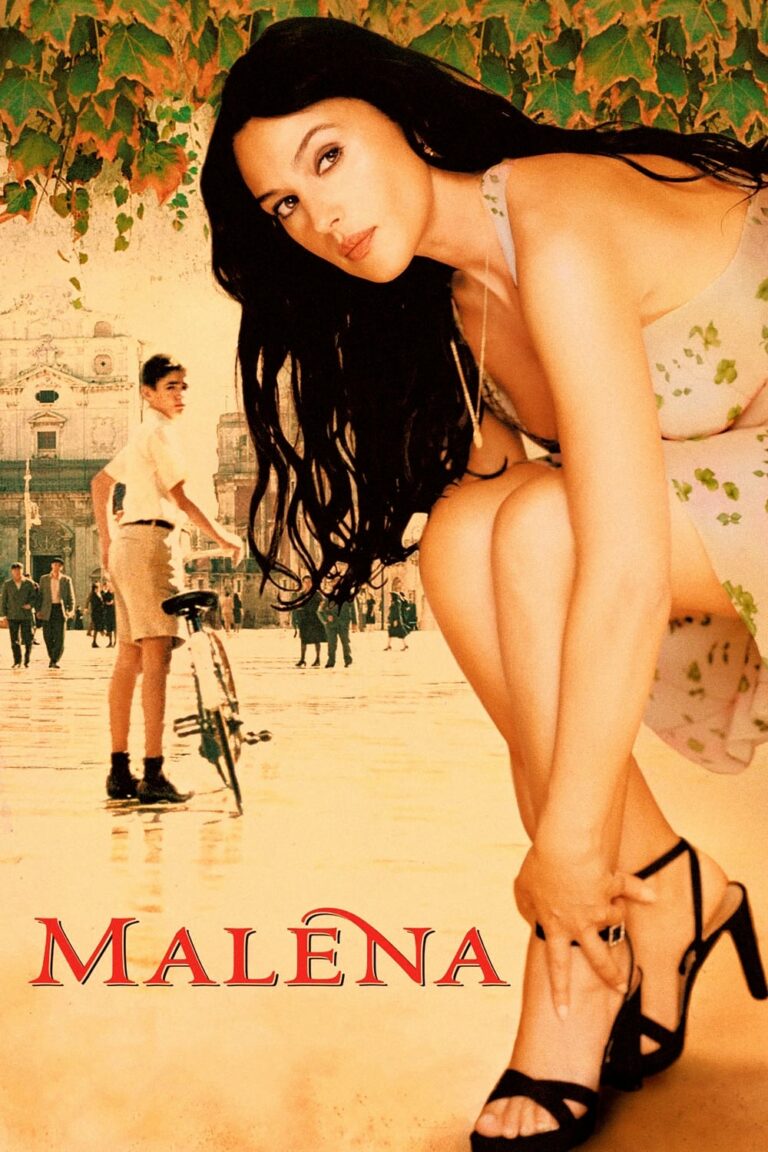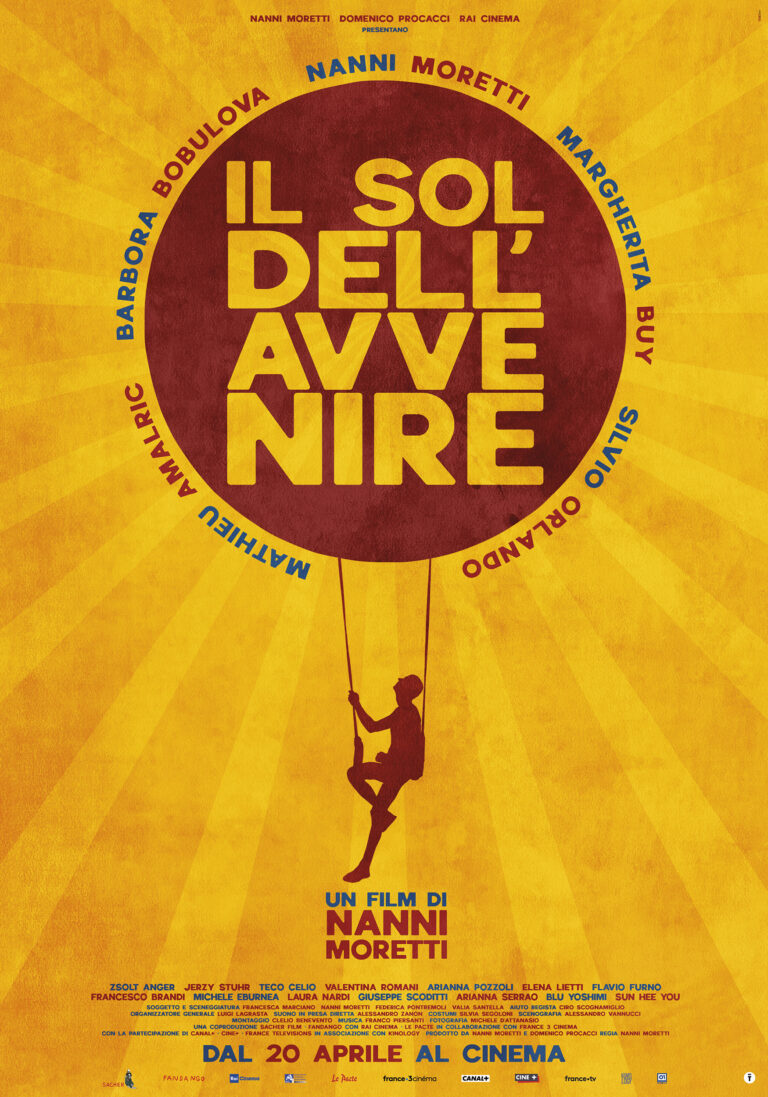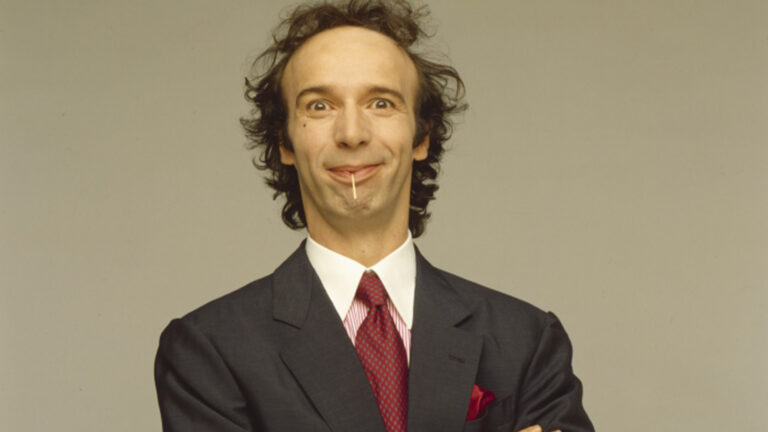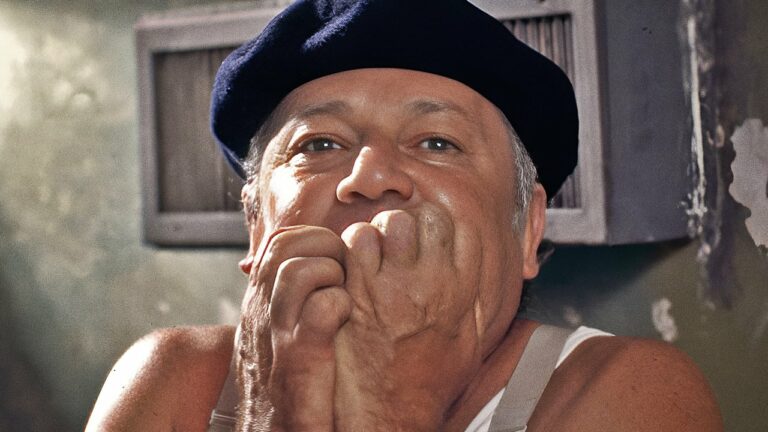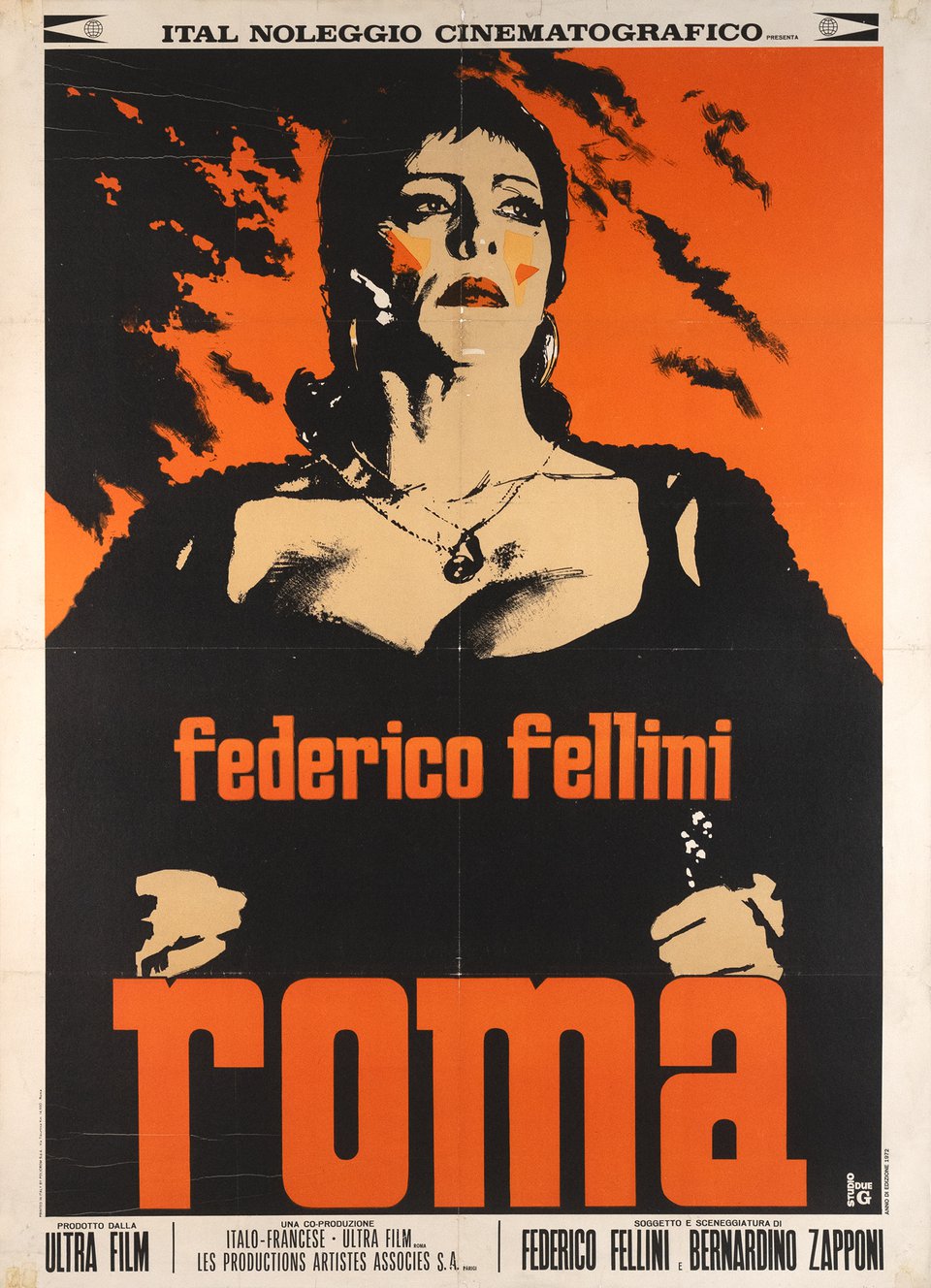
Federico Fellini’s Roma (1972) is a film unlike any other—a semi-autobiographical, episodic exploration of Rome that blurs the line between reality and imagination. Part memoir, part surrealistic documentary, and wholly unique, Roma captures the essence of the Eternal City as seen through the eyes of one of cinema’s most visionary directors. A celebration of history, culture, and the eccentricities of urban life, the film is a kaleidoscope of sights, sounds, and emotions that defy traditional narrative conventions.
An Unconventional Narrative
Unlike traditional films with a linear plot, Roma unfolds as a series of loosely connected vignettes. The structure is more impressionistic than chronological, reflecting Fellini’s personal memories and impressions of Rome at different times in his life. These moments range from his youthful arrival in the city as a young man from Rimini to his observations of modern Rome as an established filmmaker in the 1970s.
The episodic nature of Roma allows Fellini to weave a tapestry of experiences rather than tell a singular story. From evocative recreations of 1930s Roman life to surreal depictions of traffic jams and theatrical ecclesiastical fashion shows, each sequence is a self-contained work of art that contributes to the film’s overarching themes.
Themes of Rome as a Living Entity
One of the film’s most compelling aspects is its portrayal of Rome as a character in its own right. Fellini presents the city as a living, breathing entity—a place of contradictions where ancient ruins coexist with bustling modernity, and sacred traditions mingle with secular pleasures.
The Eternal City’s Timelessness
Rome’s dual identity as both ancient and contemporary is a recurring motif in the film. Fellini juxtaposes images of timeless landmarks, such as the Colosseum and Roman Forum, with chaotic scenes of modern urban life. This interplay underscores Rome’s unique ability to remain eternally relevant while bearing the weight of its storied past.
Decadence and Vitality
Fellini captures the city’s paradoxical nature, portraying it as both decadent and vital. A lavish ecclesiastical fashion show featuring priests and nuns parading in ornate, surreal vestments highlights the absurdity and theatricality of organized religion. Similarly, scenes of rowdy brothels and bustling trattorias reveal the earthy vitality of Roman life, celebrating its unapologetic embrace of pleasure and indulgence.
A Visual and Auditory Feast
Roma is a sensory experience, relying heavily on Fellini’s signature visual style and meticulous attention to detail. Cinematographer Giuseppe Rotunno’s lush, vivid imagery brings the city to life, from the glowing lights of a crowded piazza to the ethereal beauty of the Roman countryside.
Cinematography and Set Design
Fellini’s Rome is not a documentary depiction but a heightened, dreamlike version of the city. Elaborate sets and carefully staged scenes evoke the spirit of Rome while allowing Fellini to inject his own surrealistic flair. One memorable sequence involves the excavation of an ancient Roman villa, only for the frescoes to fade away as they’re exposed to air—a poetic metaphor for the fragile intersection of past and present.
Nino Rota’s Score
The musical score by Nino Rota enhances the film’s atmosphere, blending traditional Italian melodies with haunting, whimsical compositions. Rota’s music serves as an emotional guide, shifting from joyous to melancholic as the film traverses the city’s many layers.
Autobiographical Elements
Federico Fellini infuses Roma with deeply personal elements, making it as much about the filmmaker as it is about the city. The film reflects Fellini’s own journey, from his arrival in Rome as a young man seeking adventure to his reflective observations as an established artist.
Youthful Perspective
The film begins with scenes of Fellini’s youthful alter ego arriving in Rome, filled with awe and curiosity. These sequences capture the city’s overwhelming sensory impact—the clamor of bustling streets, the allure of its nightlife, and the imposing grandeur of its architecture.
Nostalgia and Reflection
As the film shifts to the present day, it becomes more introspective. Fellini reflects on how the city has changed and remained the same, contrasting the optimism of his youth with the complexity of modern Rome. This dual perspective adds depth and poignancy to the film, allowing viewers to experience the city through the eyes of both a dreamer and a realist.
Memorable Sequences
Several sequences in Roma stand out for their creativity, humor, and emotional resonance:
- The Traffic Jam: One of the film’s most iconic scenes, the depiction of a chaotic Roman traffic jam serves as a microcosm of the city’s vibrant disorder. Cars inch forward in a symphony of honking horns, with each vehicle housing characters as colorful as the city itself.
- The Ecclesiastical Fashion Show: A surreal, satirical spectacle featuring clergy members modeling outlandish religious garb. This sequence epitomizes Fellini’s ability to blend humor, critique, and visual extravagance.
- The Brothel Visits: These scenes portray the city’s seedier side, offering a glimpse into the lives of its working-class citizens. Fellini approaches the subject with both candor and compassion, capturing the humanity behind the decadence.
- The Excavation of the Villa: A hauntingly beautiful moment where archaeologists discover an ancient villa, only to witness its treasures vanish before their eyes. This sequence encapsulates the ephemerality of history and the inevitability of change.
Cultural Impact and Legacy
Roma is considered one of Fellini’s most personal and innovative films. Though it divided critics upon release—some found its lack of narrative cohesion challenging—it has since been recognized as a masterpiece of cinematic artistry.
The film’s influence extends beyond the world of cinema, inspiring countless artists and writers to explore themes of memory, identity, and urban life. Its depiction of Rome as a multifaceted, almost mythical place has cemented its status as an enduring love letter to the Eternal City.
Why Watch Fellini’s Roma?
Watching Fellini’s Roma is not merely an act of entertainment but an immersive journey into the soul of Rome. The film’s lack of a conventional plot allows viewers to experience the city in all its complexity—its beauty, chaos, humor, and contradictions. Whether you’re a fan of Fellini’s work or new to his films, Roma offers a unique cinematic experience that lingers long after the credits roll.
Conclusion
Federico Fellini’s Roma is a timeless ode to one of the world’s most fascinating cities. Through its vivid imagery, evocative music, and deeply personal storytelling, the film captures the spirit of Rome in a way that no conventional narrative could. A celebration of life in all its forms, Roma remains a must-watch for cinephiles and dreamers alike.
